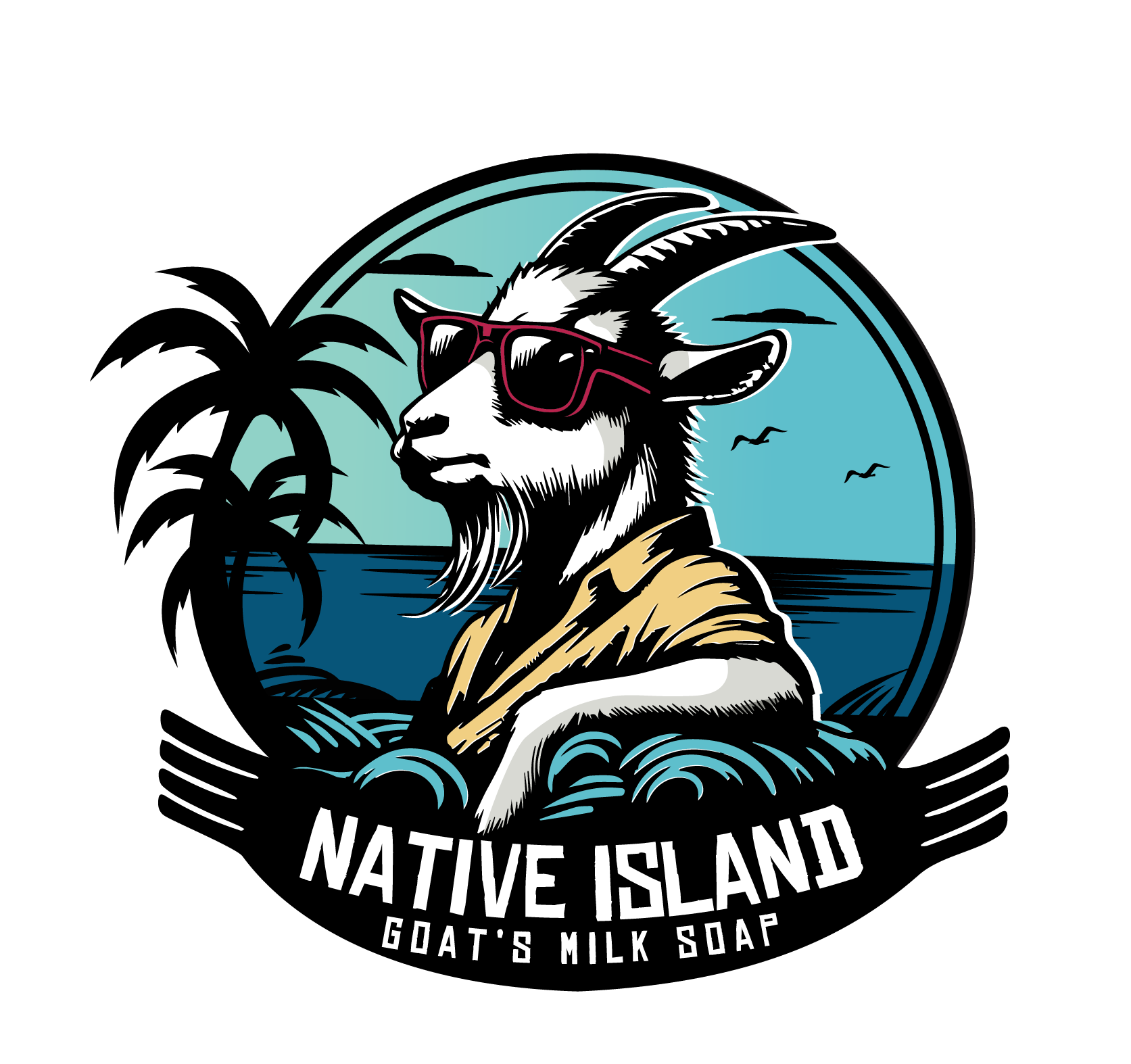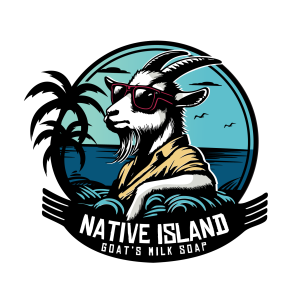Goat milk soap is made through a traditional soap-making process called saponification, which involves combining fats or oils with an alkali, typically sodium hydroxide (lye), to produce soap. The unique aspect of goat milk soap is the inclusion of fresh goat milk as a key ingredient, which adds to its moisturizing and nourishing properties.
The process begins with carefully measuring and mixing the oils, which can include a variety of natural oils such as olive oil, coconut oil, or shea butter. These oils are chosen for their skin-friendly properties, providing nourishment and hydration.
Next, fresh goat milk is added to the mixture. The goat milk is typically frozen or chilled before being added to prevent it from overheating and curdling during the saponification process. The lye is then slowly mixed with the goat milk, taking care to maintain a low temperature.
Once the lye and goat milk are fully combined, the mixture is added to the oils. This mixture is then stirred until it reaches “trace,” a point where it thickens to a pudding-like consistency. At this stage, additional ingredients like essential oils, herbs, or exfoliants may be added for scent, texture, or additional benefits.
The soap mixture is then poured into molds and allowed to cure for several weeks, during which time it hardens and becomes ready for use.

